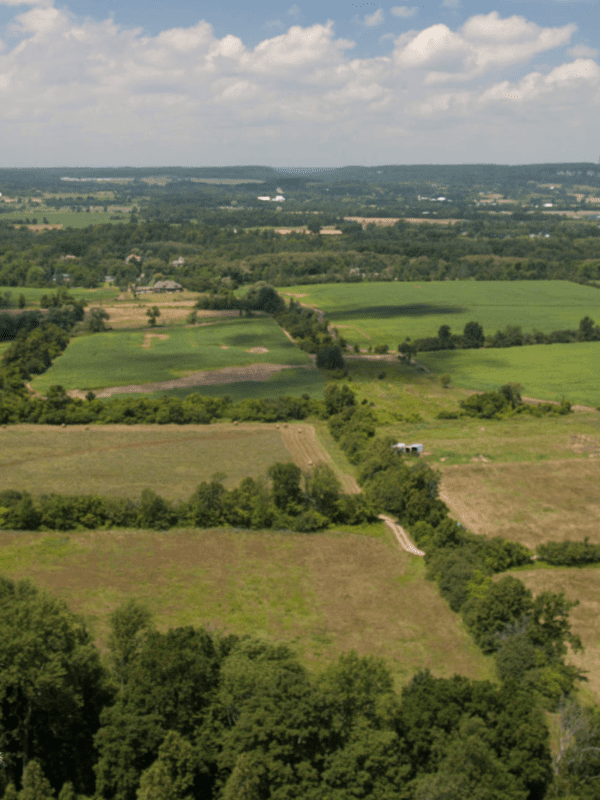To deliver 1.5 million homes by 2031, governments need to eliminate minimum parking requirements, reform building codes and legalize six-storey apartments on the avenues and major streets in existing neighbourhoods throughout Ontario.
Toronto | Traditional territories of the Mississaugas of the Credit, the Anishinaabeg, the Haudenosaunee, and the Wendat – The failure to reform land use planning laws, the building code, tax rules, and service charges for existing neighborhoods is obstructing the development of mid-rise apartment buildings which could be the fastest, most cost-efficient and labour-efficient way to deliver both market and non-market homes. That is the takeaway from a new expert housing report, released today.
Commissioned by Environmental Defence and Robert Eisenberg and written by two leading Toronto-based architecture and planning firms, the Mid-Rise Manual spells out the steps that provincial, federal and municipal governments should take immediately to clear those obstacles and deliver the 1.5 million new homes the province will need by 2031.
While lawmakers of all political stripes have for years said they support mid-rise housing, zoning enacted under the Planning Act still prohibits buildings of five storeys or higher on almost all of Ontario’s existing residential lots. Even where there is no outright ban, these buildings face a tangle of regulatory hurdles, height restrictions, tax and development charges and building code technicalities. These challenges nullify the natural efficiency and cost advantages of mid-rise building formats. In all but a few circumstances, that has made building mid-rise projects too costly to be financially feasible for market builders, and too costly to be politically feasible for governments and non-profits.
Legalizing mid-rise housing entails much more than simply allowing six-storey heights. It means making it legal to build high-quality, mid-rise apartments for every household type in every community in Ontario at a cost low enough to actually be built. This cost must be low enough to allow “market” rents and sale prices that people will pay, and also low enough for it to be politically viable for governments to invest in the huge number of non-market, “deeply affordable” homes that Ontarians need.
It means eliminating parking minimums and incentivizing smart solutions like light-frame wood construction and safe single-egress stairs. It means allowing mid-rise to be built on major streets in residential neighbourhoods, not just on expensive land in downtowns, around trains stations or in existing clusters of apartment buildings.
Making this possible also means both provincial and municipal governments will need to expedite planning approvals processes that will allow for simplified permissions and reduced development charge schemes. Current processes are time consuming, complicated and expensive. Looking at government fees and taxes per housing unit, it’s more expensive to get approval for the labour-efficient mid-rise housing on our existing major residential streets than it is for single family homes, which are an inefficient use of our labour and land resources by comparison. The Mid-Rise Manual lays out, step by step, what must be done to accomplish that.
“The buck stops at Queen’s Park. Municipal governments must do all they can on their own initiative, and the federal government should be using its spending power to ensure both provinces and municipalities are empowered to do the right thing. Almost all of the changes we’ve identified as necessary are within the provincial government’s power to deliver,” said Phil Pothen, counsel and land use program manager at Environmental Defence. “There’s no hope of ending Ontario’s housing shortage, or even delivering on the current Premier’s own housing supply promises, without unlocking mid-rise development.”
ABOUT ENVIRONMENTAL DEFENCE (environmentaldefence.ca): Environmental Defence is a leading Canadian environmental advocacy organization that works with government, industry and individuals to defend clean water, a safe climate and healthy communities.
– 30 –
For more information or to request an interview, please contact:
Carolyn Townend, Environmental Defence
media@environmentaldefence.ca







